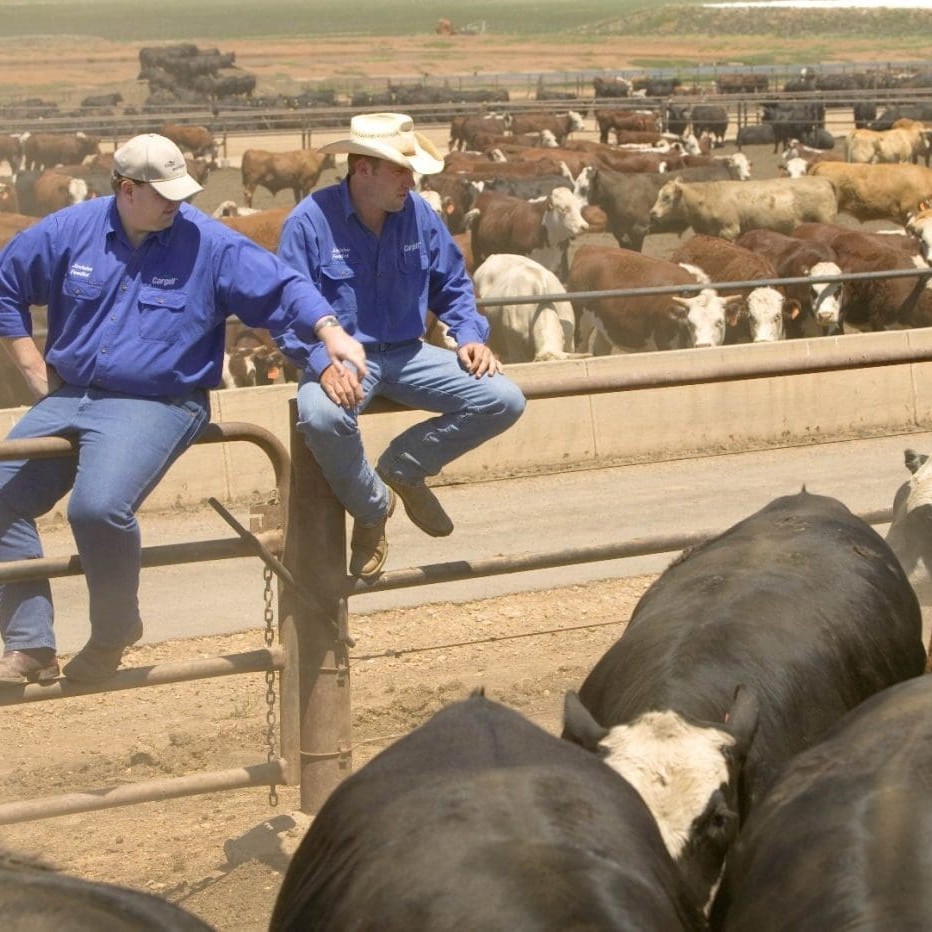 Recent heavy corrections in feeder cattle price and forward contract grainfed cattle price have seen some big adjustments in Beef Central’s latest feedlot breakeven calculations.
Recent heavy corrections in feeder cattle price and forward contract grainfed cattle price have seen some big adjustments in Beef Central’s latest feedlot breakeven calculations.
But the variables largely cancel each other out, and the end profit/loss result is little changed from the previous calculation done a fortnight ago.
Yesterday’s trading budget based on Beef Central’s standard 100-day grainfed beast placed on feed yesterday and exiting the feedyard in May, week two, suggests a trading result of negative $25 to negative $70, depending on which sell price is applied.
That compares with a negative $43 trading result from Beef Central’s last calculation completed on January 9, and still considerably worse than a +$1 trading result seen as recently as late October.
As illustrated in recent Eastern Young Cattle Indicator movements, young cattle values have softened considerably over the past fortnight. Wednesday’s EYCI figure of 390.25c/kg was down 15c/kg on a week earlier, and back 29c/kg on the year-opening figure from January 8.
While in isolation, lower feeder steer prices like that would normally greatly improve the trading result on our 100-day analysis, any benefit has been largely wiped-out by lower sell prices.
For yesterday’s calculation, the buy price for a crossbred steer ex Darling Downs, remains pencilled-in at 195c/kg – a 20c/kg drop from our last calculation on January 9, worth about $90 a head on a 450kg feeder steer. Putting it another way, that steer two weeks ago was valued at $967, but is now down to $877.
Finished ration price in yesterday’s profitability calculation remains the same as last time at $250/t.
Total production cost yesterday was calculated at $1360/beast (down from $1454 on January 9), based on flatback feeder steer purchase plus typical feeding program, and a 1pc mortality rate in the yard.
That presents a breakeven figure of 386c/kg dressed weight, compared with 412c a fortnight ago, for 100-day grainfed steers ex-Darling Downs, going on feed yesterday and closing-out May 10. On any given run of cattle, though, yesterday’s breakeven figure would have to be closer to 390c/kg to make money, due to typical grid discounts.
While forward pricing on 100-day cattle is difficult to pin-down at this time of year, with no processors currently aggressively quoting, it appears the contract values for slaughter in May, week two, sit somewhere in a wide range from the low 370s to 385c/kg. Those high/low figures are down from an over-the-hooks grainfed forward sale price of 400c/kg applied in our last assessment a fortnight ago.
The better-end of the current forward price range for May (i.e. 385c/kg finished steer price), indicates a trading loss of $20-$25 a head, while at low 370s, the loss would increase to about $70 a head.
Grainfed spot price
Given yesterday’s processor grids for spot market 100-day grainfed ox among southeast Queensland plants worth about 385-390c, cattle bought forward back in early October for slaughter towards the end of January in the 385-390c range, are currently delivering a line-ball profit proposition for processors.
The A$ movement, combined with buyer interest from Korea and Japan which are currently very sluggish, will be key determining factors in direction for finished grainfed cattle prices in coming weeks.
Since mid-December when the A$ showed some encouraging signs of softening against the US$, edging below parity for a few days, it has since crept back up into more uncomfortable territory above US105c, making Australian exports much less competitive.
All eyes will now turn to the quarterly feedlot survey for the period ending December 30, due out in coming weeks.
-
Beef Central's regular 100-day grainfed breakeven scenario is based on a representative standard set of production variables, ex Darling Downs. They include a 356kg dressed weight; average daily gain of 2kg; consumption 15kg and a feed conversion ratio of 7.5:1 (as fed); $25 freight; interest component. It is important to note that variations exist across production models (feed conversion, daily gain, mortality, morbidity, carcase specification); from feedlot to feedlot; and between mobs of cattle. For a more specific performance forecast on a given mob of cattle, consult with your preferred custom feeder.
